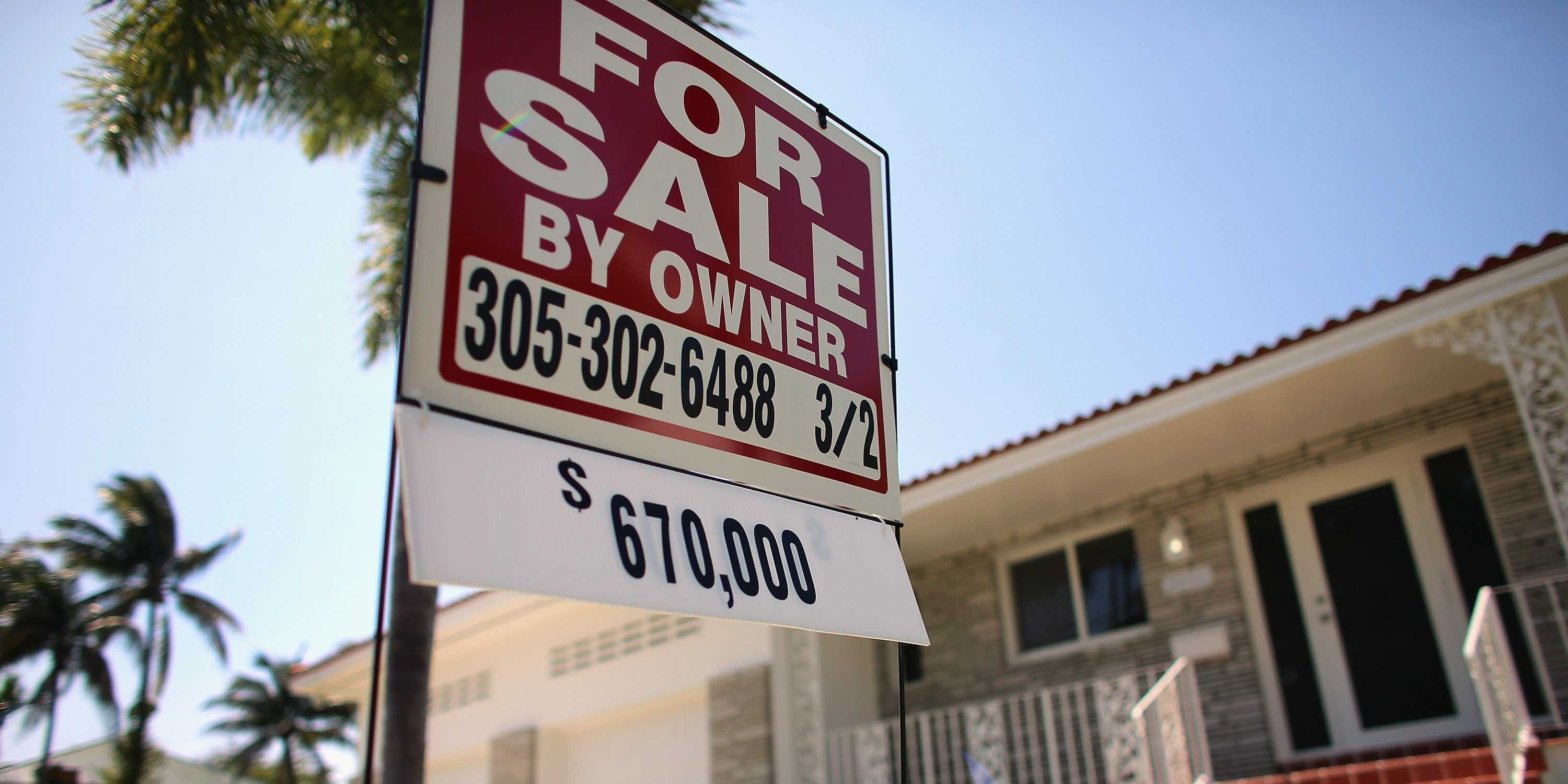Housing affordability is about to get even worse, thanks to the delayed impact of mortgage rates. Morgan Stanley researchers pointed out that it takes about seven weeks to close a mortgage. In addition, some housing data come out with a two-month delay, they said on a podcast. Loading Something is loading.
Thanks for signing up!
Access your favorite topics in a personalized feed while you’re on the go.
Housing affordability is about to get even worse due to the lagging impacts of higher mortgage rates, according to Morgan Stanley.
In a podcast on Wednesday, the bank’s co-heads of US securities products research pointed out it takes around seven weeks to close a mortgage.
That means that the spike in mortgage rates last month, when they hit the highest level since 2001, will take time to show up in purchases.
In addition, housing data like the Case-Shiller Home Price index come out with a two-month delay, they noted. The result is that deals closed in October based on mortgage rates from August may not show up in data reports until December.
Mortgage rates factor into housing affordability, which also includes home prices and homebuyer incomes. While the housing market hasn’t been very affordable lately, it had not been deteriorating this year.
“That’s not the case anymore. Affordability is still very challenged and now it’s started to get worse again,” said Morgan Stanley’s Jim Egan. “By our calculations, the monthly payment on the median priced home is up 18% over the past year, and that’s the first time that deterioration has accelerated since October of 2022.”
And with housing supply remaining tight, home prices should start heading up again. The bank predicted the Case-Shiller index will rise 0.7% year over year in the next print to a new record high.
For the end of the year, Morgan Stanley had base case of home prices being flat and bull case of a 5% increase.
“The evolution of the inputs since, particularly the supply point here, continues to be tighter than what was already pretty tepid expectations on our part,” Egan said. “That has us expecting [home prices] to finish the year between these two levels, that base case and that bull case level.”
Other experts have said affordability is unlikely to improve until mortgage rates dial back more significantly, which probably won’t be happening anytime soon.
Markets are expecting the Fed to keep interest rates elevated through the rest of the year as they monitor inflation, which could influence mortgage rates to stay elevated as well.
